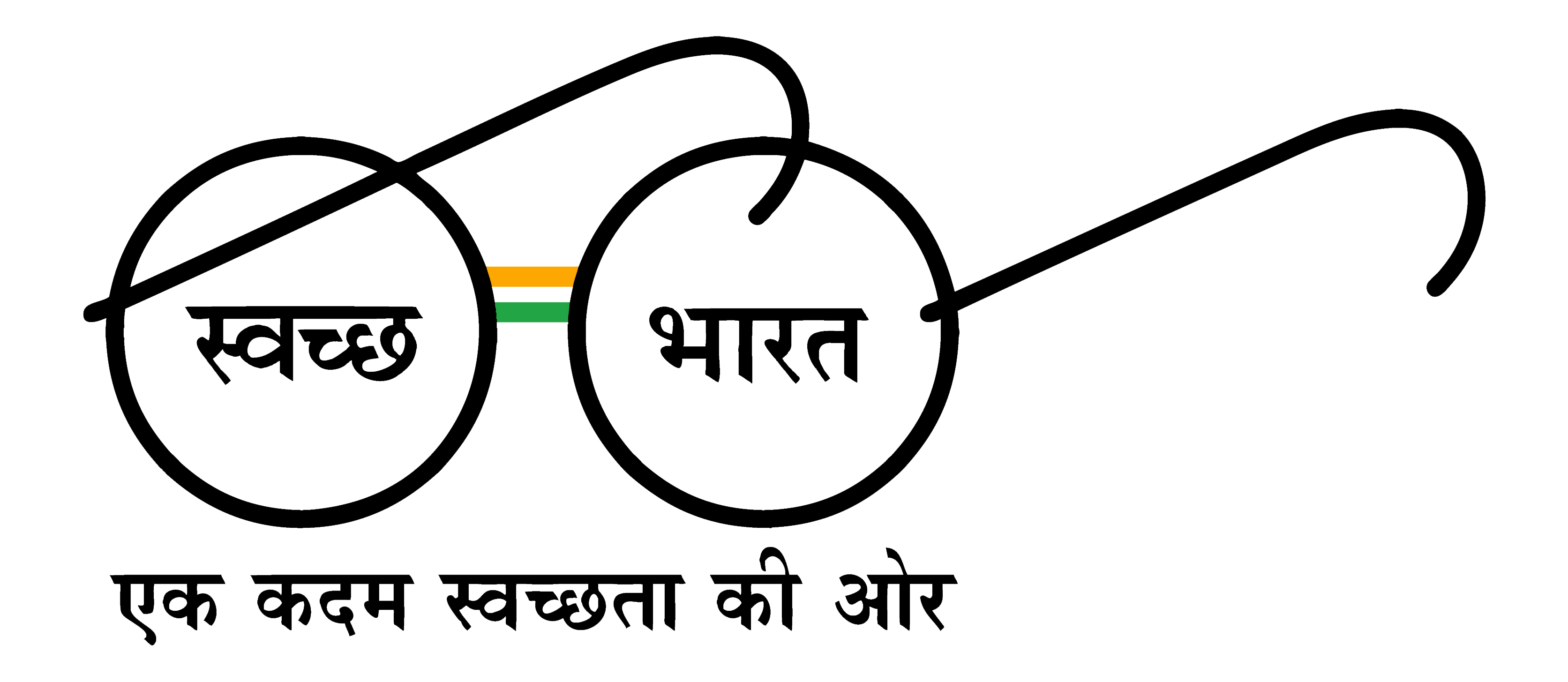Jal Jeevan Mission (JJM)
Background
The Central Government assistance to States for rural water supply began in 1972 with the launch of Accelerated Rural Water Supply Programme. It was renamed as National Rural Drinking Water Programme (NRDWP) in 2009, which is a centrally sponsored scheme with fund sharing between the Centre and the States. Under NRDWP, one of the objectives was to “enable all households to have access to and use safe & adequate drinking water within premises to the extent possible”. It was proposed to achieve the goal by 2030, coinciding with the United Nation’s Sustainable Development Goals. But now, it is has been planned to achieve the goal by 2024 through JalJeevan Mission (JJM). As per the information available with DDWS, as on 31.3.2019, only 18.33% of rural households i.e., 3.27 Crore out of the total 17.87 Crore rural households in the country, have piped water connection.
JalJeevan Mission (JJM)
Government of India has restructured and subsumed the ongoing National Rural Drinking Water Programme(NRDWP) into JalJeevan Mission (JJM) to provide Functional Household Tap Connection (FHTC) to every rural household i.e., Har Ghar Nal Se Jal (HGNSJ) by 2024.
JJM would ensure functional household tap connection to every rural household as there is a demand that exists and people aspire for household piped water supply. It will significantly improve quality of life, particularly of women and children and assist in ODF-sustainability as water is important to sustain Swachh Bharat Mission’s gains. In the rural areas, for developing in-village water supply infrastructure, water resource management, source strengthening/augmentation, distribution network, treatment plants, etc., unskilled, semi-skilled and skilled human resource will be required. Further there will be procurement of various materials for water supply systems. This will generate employment and boost the economy.
In order to instill the ‘sense of ownership’ among the community/user groups for better implementation and long-term operation & maintenance of the scheme as well as bringing in transparency, GP/ VWSC/Paani Samiti will implement the in-village piped water supply infrastructure and related source development. Communities will contribute towards 10% of the capital cost in cash and/or kind and/or labour in all villages except for hilly and forested areas/ NE and Himalayan States and villages having more than 50% SC and/or ST population, where community contribution would be 5% of the capital cost.
To assist the village community for in-village water resource management and water supply related infrastructure, NGOs, Voluntary Organizations/women SHGs under NRLM/SRLM, etc. will be associated as partners to facilitate the communities in awareness creation, capacity building, planning & implementing the schemes. They would also mobilise the local Communities, firm up their aspirations and handhold them for resource mapping as participatory approach and decentralized planning will hold the key for long term sustainability and operation and maintenance of the system. JJM will focus on integrated demand and supply side management of water at the local level, including creation of local infrastructure for source sustainability like rainwater harvesting, groundwater recharge and management of household wastewater for reuse would be undertaken in convergence with other Government programmes/schemes.
For targeted delivery and monitoring of specific outcomes, every functional tap connection is to be linked with the Aadhar number of the head of the household subject to statutory provisions. Every asset created under JJM will be geo-tagged. States will carry out inspections by empanelled third party agencies for all infrastructures created under the JJM. GoI will carry out functionality assessment of schemes, based on which fund will be made available to States/ UTs based on their performance.
There are people who would like to contribute and donate voluntarily for water supply in the rural areas. To facilitate this, ‘RashtriyaJalJeevanKosh’ will mobilize and accept donations/ contributions.
Physical Achievement of the State under JalJeevan Mission (JJM):
|
Status of FHTCs in Sikkim: |
||||||||||||||||
|
Total Numbers households |
Details of households having FHTC |
Details of Households to be provided with FHTCs |
||||||||||||||
|
Numbers |
In % |
Numbers |
In % |
|||||||||||||
|
131880 |
120910 |
91.68 |
10970 |
8.32 |
||||||||||||
|
Pace of implementation of JJM in State: |
|
|||||||||||||||
|
Year of Implementation |
FHTC Planned / targeted |
FHTC actually achieved |
|
|||||||||||||
|
Upto 31/3/2019 |
0 |
70,345 |
|
|||||||||||||
|
As on 01/04/2020 |
0 |
70,345 |
|
|||||||||||||
|
2020-21 |
16879 |
10,278 |
|
|||||||||||||
|
2021-22 |
20,332 |
8028 |
|
|||||||||||||
|
2022-23 |
43229 |
19409 |
|
|||||||||||||
|
2023-24 |
23820 |
9971 |
|
|||||||||||||
|
2024-25 |
13000 |
3336 |
|
|||||||||||||
|
STATUS OF HAR GHAR JAL |
|
|||||||||||||||
|
S.No. |
District |
No. of HGJ Block |
No. of HGJ Panchayat |
No. of HGJ Village |
No. of HGJ Habitations |
|
||||||||||
|
Total in the State |
6 |
34 |
199 |
400 |
2259 |
|
||||||||||
|
Total achieved till date |
0 |
6 |
86 |
212 |
1853 |
|
||||||||||
District Wise Status of Schemes.
|
Sl No. |
District |
Total Number of Schemes |
Completed |
Ongoing |
|
1 |
Gangtok |
373 |
250 |
123 |
|
2 |
Gyalshing |
288 |
185 |
103 |
|
3 |
Mangan |
234 |
219 |
15 |
|
4 |
Namchi |
456 |
296 |
160 |
|
5 |
Pakyong |
172 |
76 |
96 |
|
6 |
Soreng |
268 |
210 |
58 |
|
|
TOTAL |
1791 |
1236 |
555 |
|
Financial Status |
Rs. in Crore |
|||
|
Sl. No. |
Year |
Available Fund |
Expenditure |
Balance |
|
1 |
2019-20 |
28.83 |
15.27 |
13.56 |
|
2 |
2020-21 |
56.57 |
48.39 |
8.18 |
|
3 |
2021-22 |
217.97 |
101.65 |
116.32 |
|
4 |
2022-23 |
332.40 |
243.16 |
89.24 |
|
5 |
2023-24 |
363.19 |
348.64 |
14.55 |
|
6 |
2024-25 |
64.38 |
63.66 |
0.72 |
Some Photographs of the schemes under Jal Jeevan Mission.

